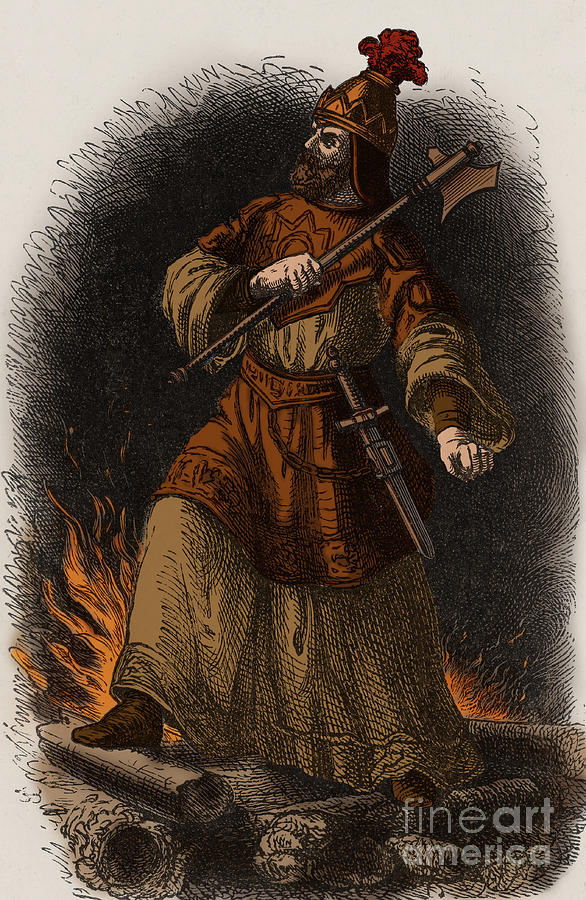
Honorius ruled for 28 years, placing him among the longest-tenured Roman Emperors. Rome Sacked, But All is Well, for the Western Capital is in Ravenna Upon his death in 395, he was succeeded by his young sons, Honorius in the West and Arcadius in the East. The final Emperor to preside over a unified East and West was Theodosius I, who also made Nicene Christianity the state religion of the Roman Empire. Upon unifying the Roman Empire under his rule, Constantine moved the capital of the Roman Empire to the city of Byzantium, which he rechristened Constantinople. The Empire would not be ruled by a single ruler until Constantine the Great consolidated his status as the sole master of the Roman world in 324. The crisis subsided with the ascension of Diocletian in 284, who appointed a junior co-Emperor to rule in Italy, while Diocletian maintained his palace in Nicomedia (situated in modern Turkey). The crisis period of the Roman Empire, from 235 to 284 AD, saw a succession of officers and generals from the Eastern provinces seize the imperial purple before losing it almost as soon as they had won it.

The Shift in Power from West to Eastīeginning in the mid-to-late third century, the center of power in the Roman Empire began to shift eastward. This review is not at all comprehensive, but rather a quick glance at the 140 years leading up to the Western Roman Empire’s final days. Below, you will find a very brief overview of the events that led to the split of Rome between West and East, and the final fall of the Western half of the Empire.

It is impossible to tell the story of Romulus Augustulus and the final fall of the Western Roman Empire without a bit of context.


 0 kommentar(er)
0 kommentar(er)
